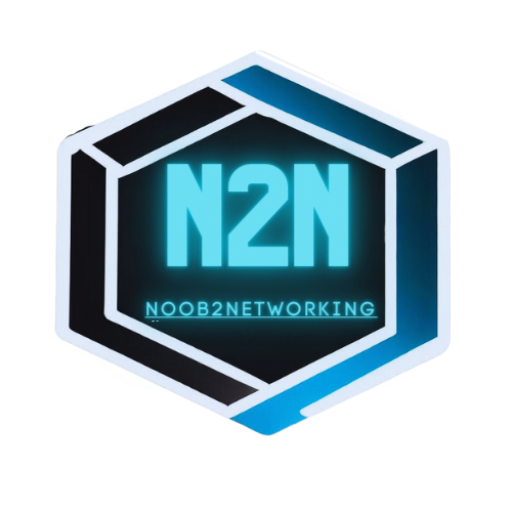Are you tired of tangled wires and complicated network setups? Switching might be the solution you’re looking for! In this Firewall Friday post, we’ll explore the basics of switching, how it simplifies your network infrastructure, and why it’s a crucial component of modern networking.
What is Switching?
Imagine your network as a city, with different buildings representing devices like computers, printers, and servers. Switching is like the streets and intersections that connect these buildings, allowing data to flow between them.
In technical terms, a switch is a networking device that connects devices in a local area network (LAN) by using packet switching to forward data to its destination. Think of it as a traffic cop, directing data packets to their intended destinations.
How Switching Simplifies Your Network Infrastructure
Before switching, networks relied on hubs, which broadcast data to all connected devices. This led to collisions and congestion, slowing down the network. Switching, on the other hand, creates a direct connection between devices, allowing for faster and more efficient data transfer.
Switching also simplifies network management by segmenting traffic into virtual LANs (VLANs). VLANs allow you to group devices based on function or department, creating smaller, more manageable networks within your larger network. This improves security, as you can restrict access to sensitive data to only authorized users.
Types of Switches
There are two main types of switches: unmanaged and managed.
Unmanaged switches are plug-and-play devices that require no configuration. They’re ideal for small networks with only a few devices.
Managed switches, on the other hand, offer more control over your network. They allow you to configure VLANs, Quality of Service (QoS), and other advanced features. Managed switches are more expensive than unmanaged switches, but they offer greater flexibility and scalability.
Conclusion
Switching is a simple yet powerful technology that can help you streamline your network infrastructure. By creating direct connections between devices and segmenting traffic into VLANs, switching improves network performance and security. Whether you’re running a small business or a large enterprise, switching is an essential component of modern networking.


3 responses to “Firewall Friday: Switching – Simplifying Your Network Infrastructure”
So, 11tt, huh? I’ve seen it around. Nothing really screamed ‘amazing’ or ‘terrible’ to me. It’s another option, plain and simple. Give it a look and see what you think: 11tt
Just placed a small bet on skyluckyjackpotbet. Hoping for that lucky jackpot! I’ll keep you guys updated if I win big *fingers crossed*!
888casinologin, nothing surprising! The login process is smooth and the site itself is pretty user-friendly. Solid option for getting into your favorite casino games quickly. Login via 888casinologin.